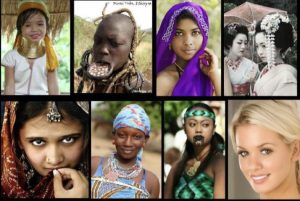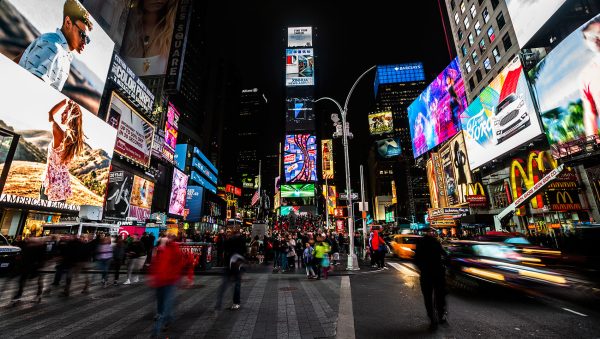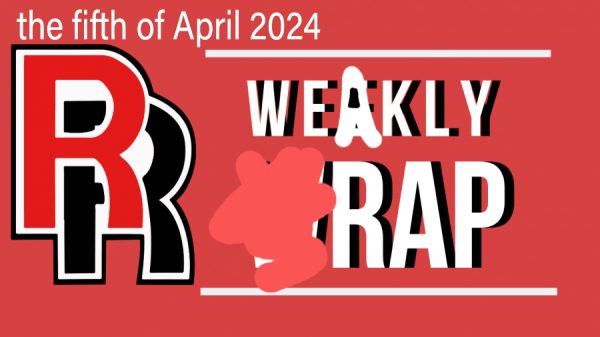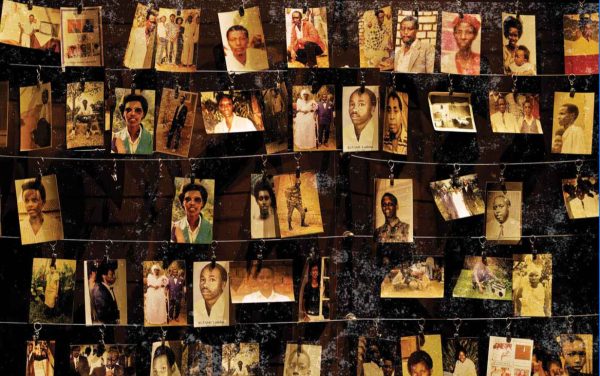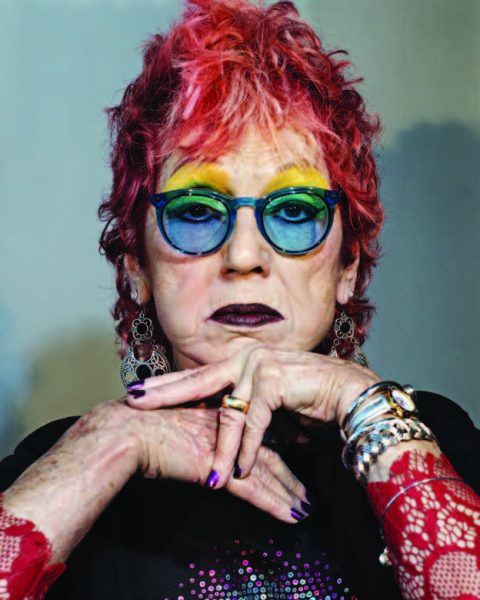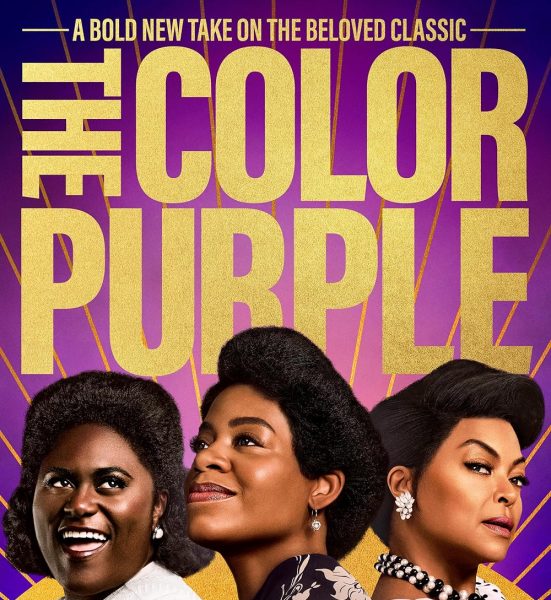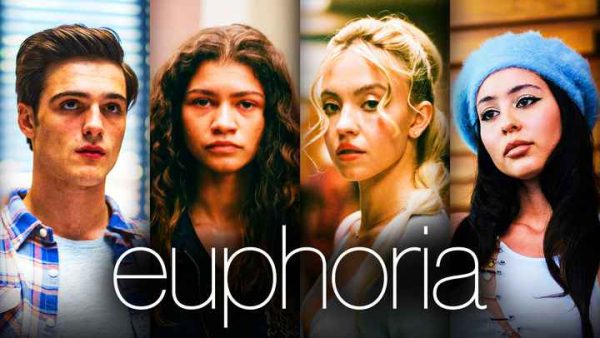Opinion: Colorism in the Black Community
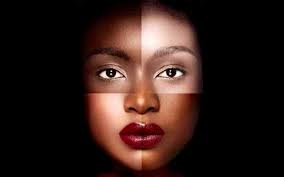
October 4, 2021
Colorism is a very broad issue in many different cultures and ethnicities. This phenomenon has a big impact on many different things in our society, the media, government, and the world. People often don’t shed light on colorism or they try to ignore it.
Colorism is defined by the Oxford Dictionary as, “prejudice or discrimination against individuals with a dark skin tone, typically among people of the same ethnic or racial group.”
In black communities, colorism is a huge issue and it has been happening for hundreds of years. Having euro-centric features or lighter skin as a black person has always been seen as superior or acceptable.
African Americans often come from mixed heritage. As a result, there is a great variety of skin tones present in the black community.
Colorism in the black community stems from slavery and the ways slaves of different complexions were treated. Slave owners often granted more privileges to the lighter-skinned slaves; they were seen as smarter, allowed an education, being assigned in the house, and sometimes slave owners granted them freedom. The darker-skinned slaves were treated harsher, they had to work in the fields, were seen as less educated, and they received more punishments. This is all a result of a white supremacist ideology, with the notion that being closer to white is better.
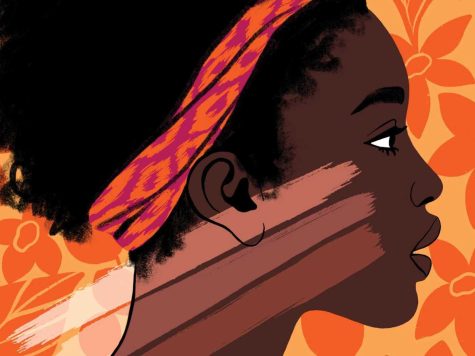
An example of colorism in black history is Rosa Parks and Claudette Colvin. Rosa Parks is a well known figure in the civil rights movement; she was an activist who fought for her rights, known for the Montgomery bus boycott in 1955. However, Claudette Colvin is not often talked about; she was also a pioneer for the civil rights movement, refusing to give up her seat to a white woman on a crowded segregated bus. Claudette was only 15 years old when taking this action. Furthermore, Colvin did not get the same recognition as Parks mainly due to her appearance; having darker skin and not having “good hair”, In addition to being a teenager, The movement wanted to keep up with appearances and make the most appealing protesters be seen.
In the modern world, having lighter-skin can grant many opportunities, including being more likely to earn a job, being taken more seriously, being seen as less imitating and aggressive, less likely to go to jail etc.
A study done by Quartz showing how colorism affects the probability of going to jail states that, “Light-skinned African Americans have a 36% chance of going to jail in their lifetimes. Dark-skinned African Americans, meanwhile, have a 66% chance. That’s a full 30% increase” This one of many examples of how colorism among African Americans comes into play within society.
There are many different aspects of colorism in the black community. Colorism through the lense of preferences is very common and it is discriminatory. Within the black community, being lighter-skinned is often seen as more attractive or it is more sought after. This discriminatory preference mostly affects black women as opposed to black men. Black women are always being compared to each other based on their skin color. There is nothing wrong with having a preference, but the bias and judgement to darker-skinned black women is intolerable.
Mona Robbins explains her experiences of colorism in a memoir about colorism and preferences. She says, “I remember my best friend, who is a dark-skinned woman, telling me that she was interested in another student. She went up to talk to him at an event, but halfway through the conversation, he left her abruptly and came over to talk with me. That night my friend, crying, shared with me how men continuously chose light-skin women over her and never gave her the same decency light-skin women received.”
She also says in her memoir, “These examples are a handful of many that illustrate the legacy of colorism in our society and the ways in which it is justified. Several men who I had a romantic interest in throughout college made statements to me about only liking “girls like me” or having a “preference” for light-skin women with curly hair. When I would attempt to correct the men that made these comments, they would quickly deflect, saying that it was just a “preference.”
In the media, there is a lot of colorism towards black women. Hip Hop has had many examples and occurences of colorism. Many rappers like Asap Rocky, Kodak Black, 50 cent, and Lil Wayne have claimed to have preferences for light skin women, and have degraded dark skin black women. In Kodak Blacks song named ¨Snap Sh*t¨ he says, ¨Im already black I don’t need no black b*tch.¨ This is a very degrading song lyric as he is already using the misogynistic term ¨b*tch¨ and referring to women as that; As well as shaming dark-skinned women for their complexion. He claims in this song lyric, since he is already black he does not need another woman of his skin complexion.
This type of mindset is very toxic and also shows how Kodak Black has many insecurities within himself. Moreover, him justifying why he doesn’t date dark-skinned women because he is already dark-skin is him not loving his own skin color. This is one of the many reasons why a lot of black men are colorist as they are not comfortable and insecure about their own skin complexion; using these insecurities on dark-skinned black women.
According to a study published in the Psychology Of Music by Morgan L. Maxwell, Jasmine A. Abrams, and Faye Z. Belgrave, rap music played a huge role in how young African American girls understood their blackness. They asked a focus group of 30 African-American girls between the ages of twelve and sixteen four questions about their perception of light-skinned Black girls; dark-skinned Black girls; messages about skin tone from rap music; and how those messages should be used. The data gathered produced 3 general themes present in all interviews: rap music sends messages showing preference to light-skinned females; messages about dark-skinned females were either missing in music or negative, and music used specific nicknames to describe females based on skin tone. Ultimately, this music altered these kids’ perception of themselves negatively and made them feel as though their skin wasn’t the right skin.
Colorism in the media also appears in the film industry. Hollywood loves casting black actresses as light skins. When hiring directors, producers are looking for people to cast. They often choose light skins because they are more palatable, acceptable, or attractive. This problem is more seen in black women as we see more darker skinned black men being casted in movies and tv shows as opposed to darker skinned black women. Zendaya herself has addressed this, as she openly admitted to “have a bit of a privilege compared to [her] darker sisters and brothers” in her acting career due to having light skin. “If I get put in a position because of the color of my skin where people will listen to me, then I should use that privilege the right way,” she said.
Representation is very important and it matters. Not seeing people who look like you in the media is very damaging and it makes you question who you are. Imagine being a little black girl and not seeing women of your skin complexion in the media. This affects a child’s upbringing and how they feel about themselves.
This discrimnation against darker skinned black women presents insecurities and makes many dark-skinned black women want to bleach their skin or lighten their skin. The skin bleaching industry is a very big industry as many people across the world appeal to beauty standards by trying to lighten their skin. This is all a result of colorism and how widespread it is. The use of skin bleaching is very dangerous and life-threatening. There are many side effects from skin bleaching, including high blood pressure, memory loss, fatigue, light sensitivity, kidney failures, lung damage, and greater risk of developing skin cancer. People are willing to risk their lives to lighten their skin and appeal more to beauty standards. A study done by The Conversation says 8.6 billion is spent worldwide on skin bleaching creams in 2020; 2.3 billion was spent in the US alone.
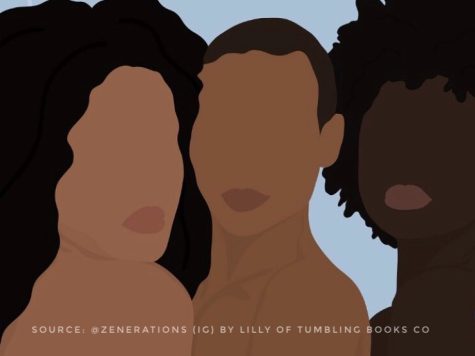
In regards to colorism among black men, there are many stereotypes that are perpetuated. Lighter-skinned black men are often seen as soft, less threatening, or weak. As opposed to dark-skinned black men who are seen as more threatening, masculine, strong, and intimidating. These stereotypes are also very harmful as black men of different skin complexions have to deal with the pressures of them in society.
With black people already having to go through racial discrimnation, they then have to go back within their communities and face the issues of colorism. Having to deal with all of these issues has a big mental health effect on black people. According to Mental Health America 13.4% of the U.S. population identifies as black or African American, Of those over 16% reported having a mental illness in the past year.
Here are a few stories and thoughts regarding Colorism from students at Rangeview.
¨Colorism is a big thing, my sister was definitely lighter than me, and she definitely got treated better than me, and we already have to deal with racism as black people, then colorism is just another issue, when I was younger I felt less valuable, I thought that the color of my skin determined my value, as a darkskin, and I finally accepted myself being darker skinned and that my skin is beautiful.¨ said Mhalet Siyoum, Junior
¨I know lightskins get treated better than darkskins, I remember one time at the store, my brother being dark and they treated him differently, my sister was one of the only black people in her town with her being darker, and colorism is really stupid and us as a community needs to do better when it comes to colorism¨said Deja Harper, Senior
Ultimately, Colorism is a big issue among the black community. Colorism should be acknowledged more as it affects people in black communities extensively. Acknowledging colorism also takes acknowledging white supremacy and the racist roots America has been built on. A step to combat colorism is to spread awareness about the issue. As well as being educated on the topic, knowing when to speak up if someone is saying or doing something that can be seen as colorist.
